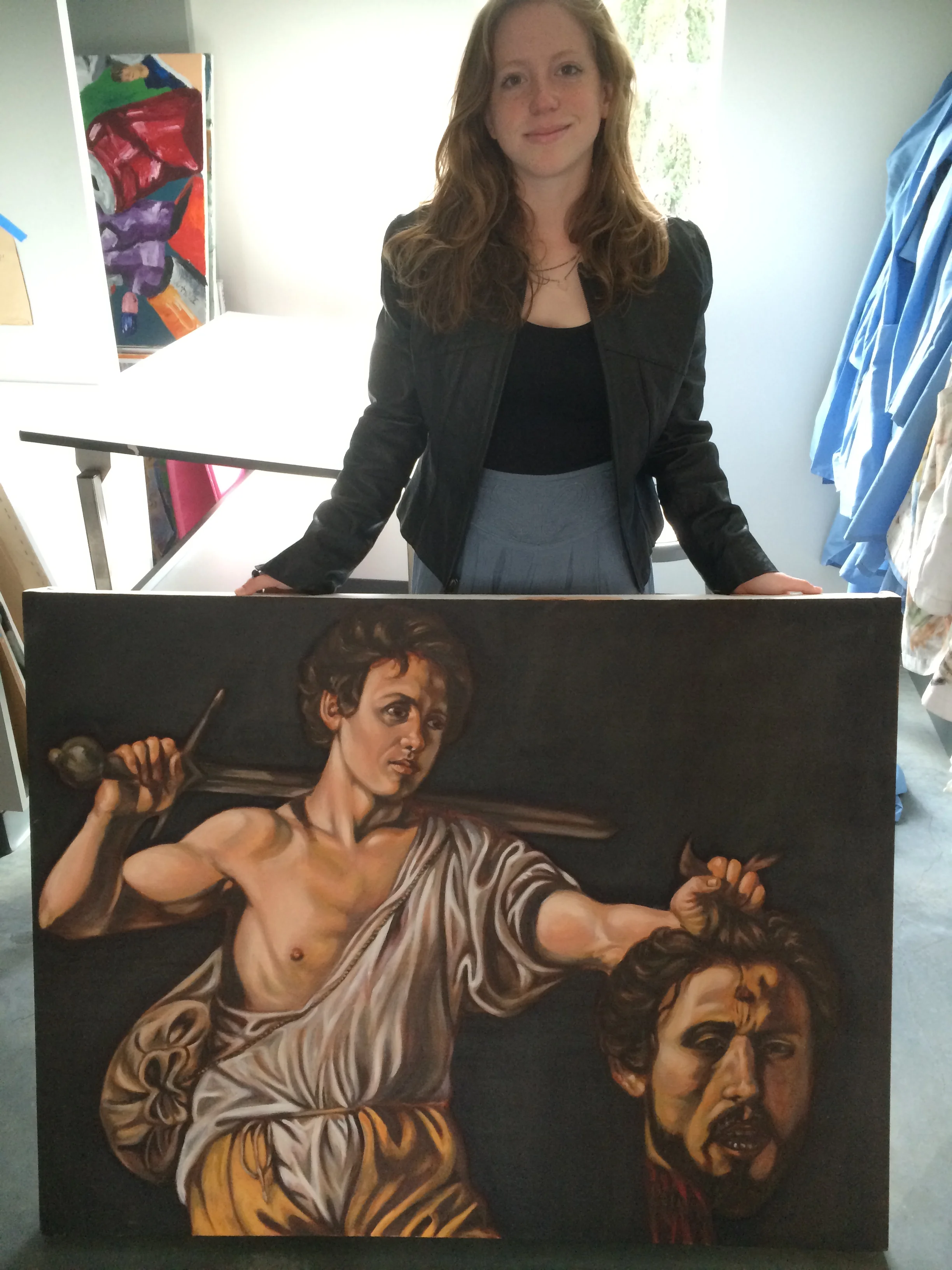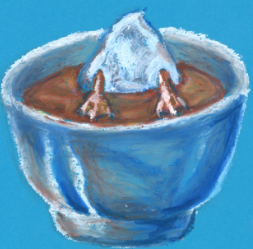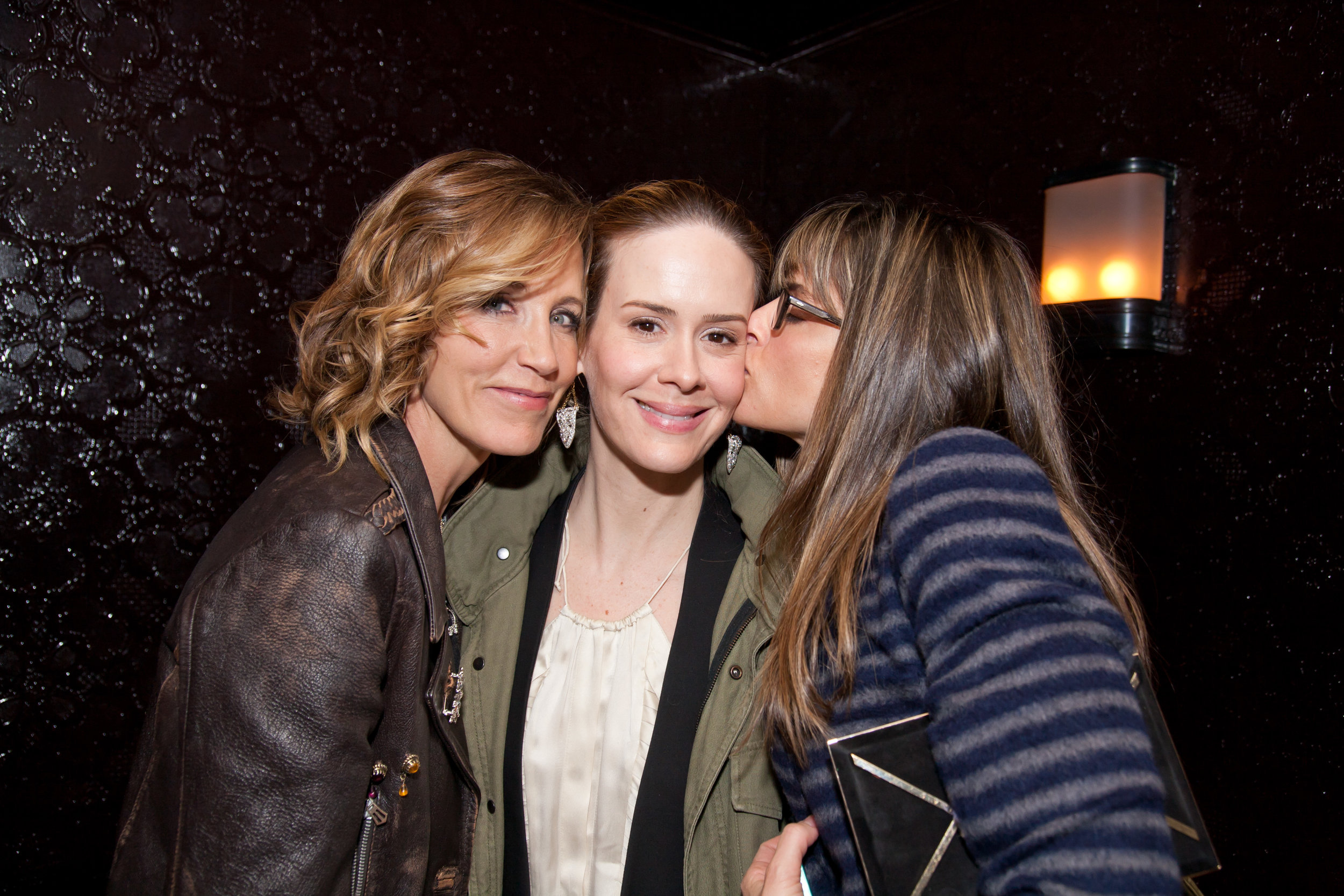Lucy Tan, author of What We Were Promised (Little, Brown) and I met at an Asian American writing retreat (the magical Kundiman) when another writer discovered that we both had a book coming out and introduced the two of us. It turned out that not only did our books share a lot of the same themes—sibling rivalry, the American Dream through the Chinese lens, unrequited love—they were also coming out a month apart from each other. We immediately started talking about publishing pressures, final edits, and, of course, our parents' reactions when we sold our books. We continued the conversation after the retreat, and our chatter shows no signs of stopping even months after our books have come into the world.
A little background on Lucy's book for those who aren't familiar. What We Were Promised looks at a Chinese American family returning as expats with new money in their pockets to modernized Shanghai, in the swirl of the World Expo (an updated version of the World's Fair). A love triangle; a city on the verge of great wealth; a young woman trying to escape her rural village for the big city—this book is packed with drama and heart. I loved this book and am impatient for everyone to read it already so they can fall in love too. Read on to learn about what Lucy's working on now, imposter's syndrome, and the elusive phenomenon we call "writerly instinct."
I feel like the most persistent question that writers get asked is, "What are you working on now/next?" This is a question that can be innocuous, or stressful, depending on the writer and their mood that day. How do you feel about this question?
I know many authors who hate to answer this question, and I understand why. Talking about unfinished projects means letting the reader into the delicate, private world of the creative mind, which can sometimes put the project at risk. I like to talk about my work once I think it's achieved some form of solidity—in other words, once it feels like it's taken on a life of its own, existing as something distinct from what I want it to be. This is true even if that life is feeble and eventually ends up in a drawer somewhere. For me, talking about my work at this stage keeps me honest. If I tell you about a novel I'm working on now, and years later, no such novel materializes on the market, you'll know that something has gone off course. That's a big part of the writing process that the reader doesn't often hear about, and I like talking about it because it makes me feel like less of an imposter.
That's such an interesting take on early work and transparency! Have you had any such "drawer novels" that will never see the light of day? If so, can you remember what they were about and why they might have failed?
I have made various attempts at novels, but the only "drawer novel" I completed was about a family in the suburbs. If I remember correctly, the father in the family convinces himself that he has a mysterious illness that makes him unable to leave the bed. The two daughters suspect his illness is psychological, but can't get their mother to make the father see a psychiatrist. That might have been an okay premise, except that I spent most of the novel having the two girls wreak havoc on their small town rather than dealing with what was going on inside their house. It grew more and more derivative. The only good thing about it was that I knew it was bad as I was writing it, and came to think of it more as an exercise to see if I could get to fifty-thousand words (in my mind, 50k was the minimum word count that would make it a novel). This might sound crazy, but I had to prove to myself that it was physically possible for me to write something of that length.
I love the idea that something that could be seen as a failure is really a necessary step to building skill and confidence. Also, having read your work, I know you write girls wreaking havoc so well. The project you're currently working on—is it at the stage of accountability where you can begin to talk about it?
Thank you! It's funny that you say that because the novel I'm working on currently is also about teenage girls. It starts out in a small town in Wisconsin, where three young women become best friends over their shared love of theater. The novel follows them as they begin their careers as young actresses—first in the Midwest, and then in New York and LA. I'm still figuring out the thematic elements of the novel as I go. I find that often, I start with a grand idea of what I want a novel to be "about," but at some point the characters hijack the story and the only option I have is to just follow them around, picking up and examining whatever clues they leave behind. I don't want to make it sound like I have no agency at all (which would be ridiculous, since I created them), but I do often feel powerless over a novel's direction in that first draft stage. In other words, I can write according to a plan, but the result can feel false. I can also accidentally write things that feel much more true and interesting—making me feel as though I should go down a path I hadn't planned on going down.
I hope I get to see this book one day! Did you start your current project right after you finished WHAT WE WERE PROMISED? Do you prefer to give yourself breaks after projects, especially big ones, or do you soldier on?
After I handed in the final edits for my first novel, I was really itching to work on something new. When I'm editing at the line level, I'm using a part of my brain that's very different from the more creative part I use when writing a first draft, and I was eager to access that creative part again. This pent-up energy propelled me for about two weeks, during which I miraculously produced sixty pages of what I thought might be an interesting novel. I've been trudging on since then, trying to keep the faith, but lacking the same kind of instincts I had when I was working on the beginning of the novel.
Sixty pages in two weeks! That is miraculous. I could ask you questions about this forever, but for your sake, I'll ask just one more. You mention the word instincts in your last answer. This is a word that writers often use, but I feel like it means something different to each writer. What does it mean for you to follow your instincts in writing?
For me, instincts are nothing more than a strong conviction that something should be a certain way. Often, this means an ability to see what's happening in the world of the story without a lot of deliberation. For example, I had decided my main character in this novel [I'm working on] should have parents who work in a candy shop. Because they don't have money for childcare, I knew she'd be stranded there at work with them for long periods of time. Immediately, the ways in which she would keep herself occupied felt obvious to me. She'd prowl the parking lot. She'd play a game that involved guessing flavors of jelly beans. These and other antics introduced new characters and interactions, which led to other ideas about theme and plot, etc. Instincts are when the creative engine feels well-oiled. It feels like pure luck when this happens—which probably has something to do with why writers are prone to imposter syndrome!












